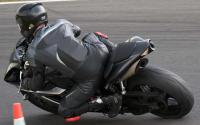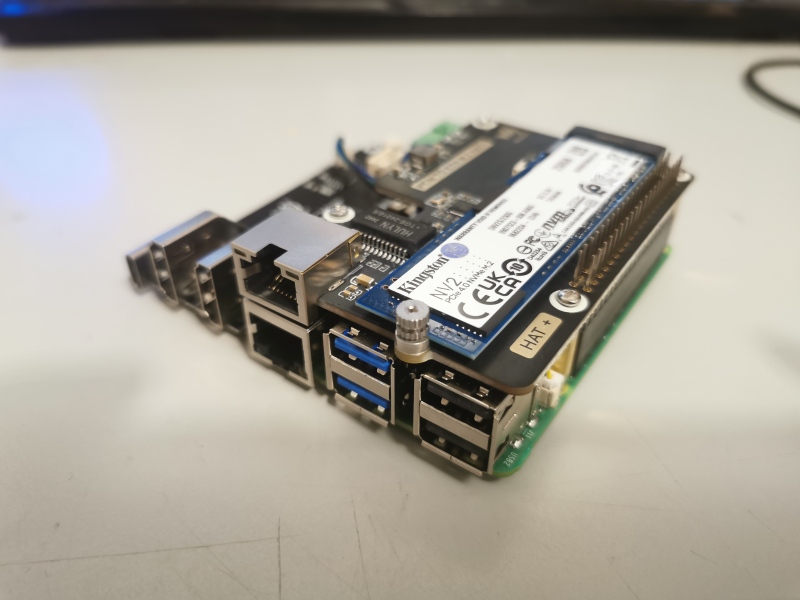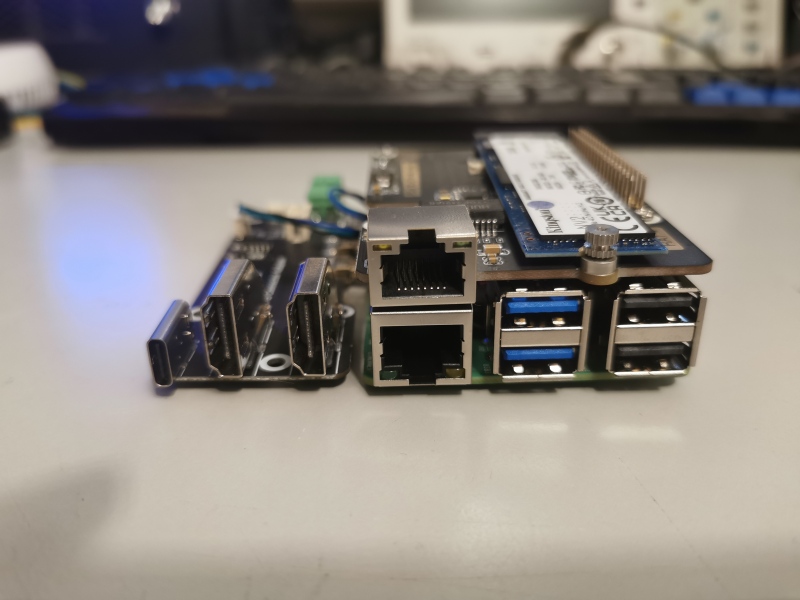Search Results (Searched for: raspberry)
- Dragan
- Dragan
11 Oct 2025 08:52
Replied by Dragan on topic NEW BUILD, need help with e-stop in tklinuxcnc
NEW BUILD, need help with e-stop in tklinuxcnc
Category: Basic Configuration
- Dragan
- Dragan
10 Oct 2025 20:37
Replied by Dragan on topic NEW BUILD, need help with e-stop in tklinuxcnc
NEW BUILD, need help with e-stop in tklinuxcnc
Category: Basic Configuration
- Dragan
- Dragan
10 Oct 2025 09:55
NEW BUILD, need help with e-stop in tklinuxcnc was created by Dragan
NEW BUILD, need help with e-stop in tklinuxcnc
Category: Basic Configuration
- marcelovx23
- marcelovx23
09 Oct 2025 03:02
Replied by marcelovx23 on topic XHC-WHB04B-04 Got it working
XHC-WHB04B-04 Got it working
Category: Advanced Configuration
- meister
- meister
08 Oct 2025 18:49 - 08 Oct 2025 18:51
Replied by meister on topic LinuxCNC on Raspberry Pi 5
LinuxCNC on Raspberry Pi 5
Category: Installing LinuxCNC
- meister
- meister
08 Oct 2025 16:12 - 08 Oct 2025 16:14
Replied by meister on topic LinuxCNC on Raspberry Pi 5
LinuxCNC on Raspberry Pi 5
Category: Installing LinuxCNC
- Ul
- Ul
08 Oct 2025 15:09 - 08 Oct 2025 15:25
Replied by Ul on topic Tipps für aktuelle LinuxCNC Hardware gesucht
Tipps für aktuelle LinuxCNC Hardware gesucht
Category: Deutsch
- meister
- meister
07 Oct 2025 13:34
Replied by meister on topic Tipps für aktuelle LinuxCNC Hardware gesucht
Tipps für aktuelle LinuxCNC Hardware gesucht
Category: Deutsch
- meister
- meister
07 Oct 2025 11:47 - 07 Oct 2025 11:53
Replied by meister on topic Tipps für aktuelle LinuxCNC Hardware gesucht
Tipps für aktuelle LinuxCNC Hardware gesucht
Category: Deutsch
- Gartenzwerg
- Gartenzwerg
07 Oct 2025 09:06
Replied by Gartenzwerg on topic Tipps für aktuelle LinuxCNC Hardware gesucht
Tipps für aktuelle LinuxCNC Hardware gesucht
Category: Deutsch
- Gartenzwerg
- Gartenzwerg
06 Oct 2025 13:36
Tipps für aktuelle LinuxCNC Hardware gesucht was created by Gartenzwerg
Tipps für aktuelle LinuxCNC Hardware gesucht
Category: Deutsch
- rodw

05 Oct 2025 07:49
Replied by rodw on topic WiFi Problem on Raspberry Pi
WiFi Problem on Raspberry Pi
Category: General LinuxCNC Questions
- rdtsc

04 Oct 2025 00:12
Replied by rdtsc on topic WiFi Problem on Raspberry Pi
WiFi Problem on Raspberry Pi
Category: General LinuxCNC Questions
- andypugh

26 Sep 2025 11:41
LinuxCNC v2.9.6 Released was created by andypugh
LinuxCNC v2.9.6 Released
Category: LinuxCNC Announcements
- richcolvin

25 Sep 2025 19:04
Stepper Motor Speed does not match MaxVel was created by richcolvin
Stepper Motor Speed does not match MaxVel
Category: Basic Configuration
Time to create page: 0.661 seconds




